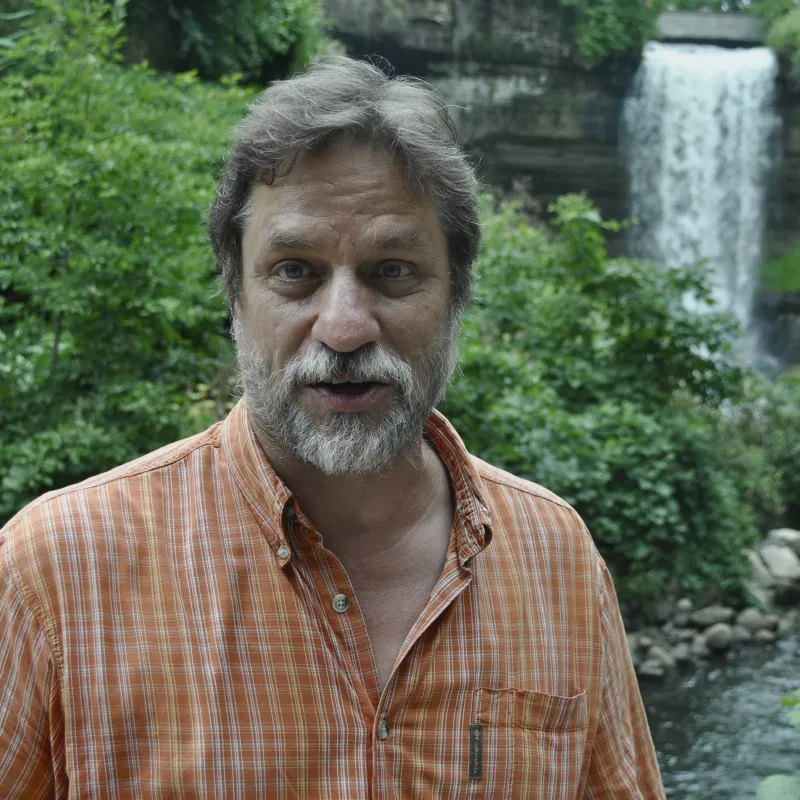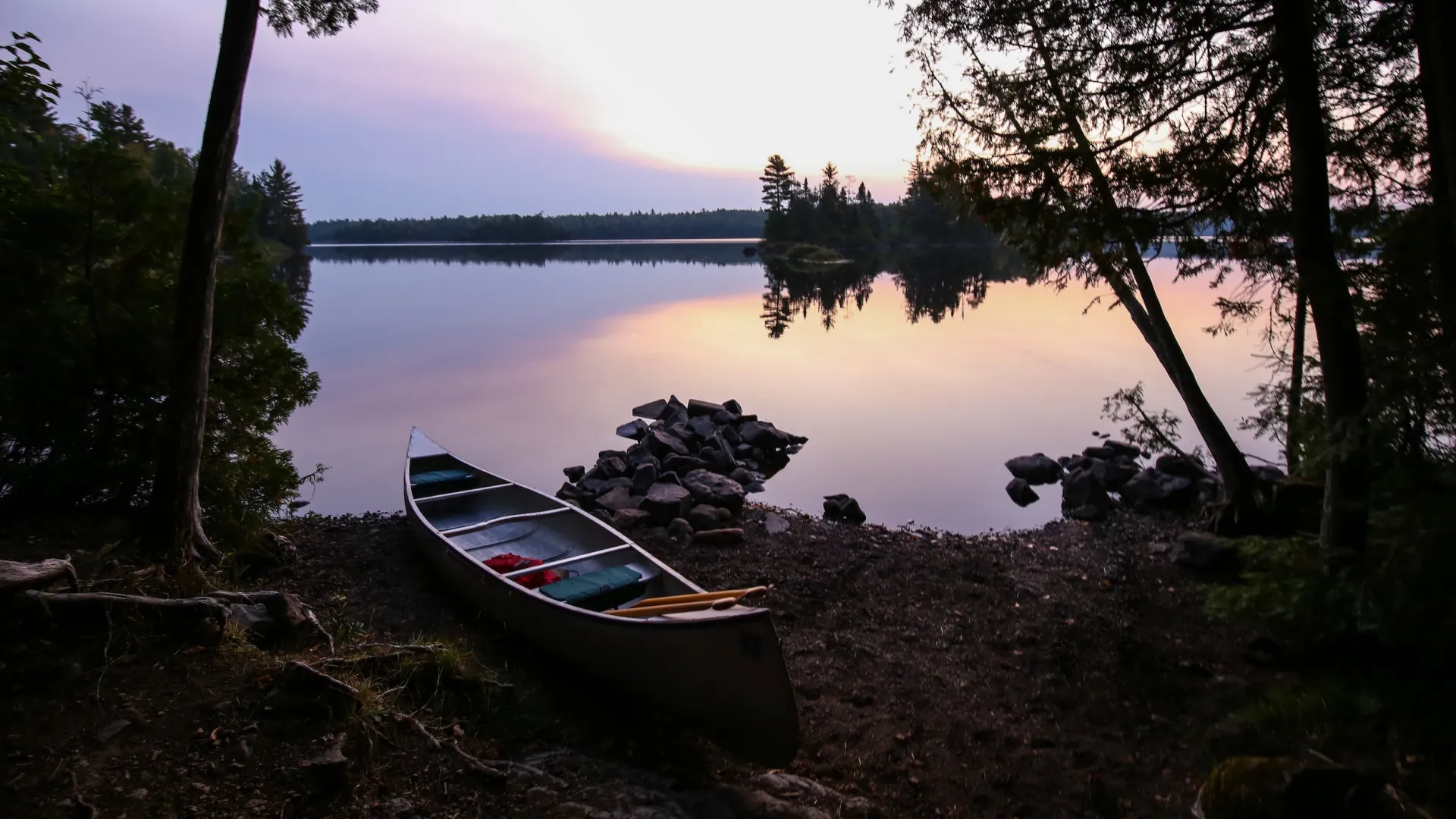
Where to Camp, Stay, or Find RV Hookups Near the Boundary Waters
Minnesota’s Boundary Waters Canoe Area Wilderness (BWCAW) is renowned worldwide for its extraordinary natural beauty, vast wildness, and remoteness from the modern world. It is not, however, renowned for its ease or creature comforts.
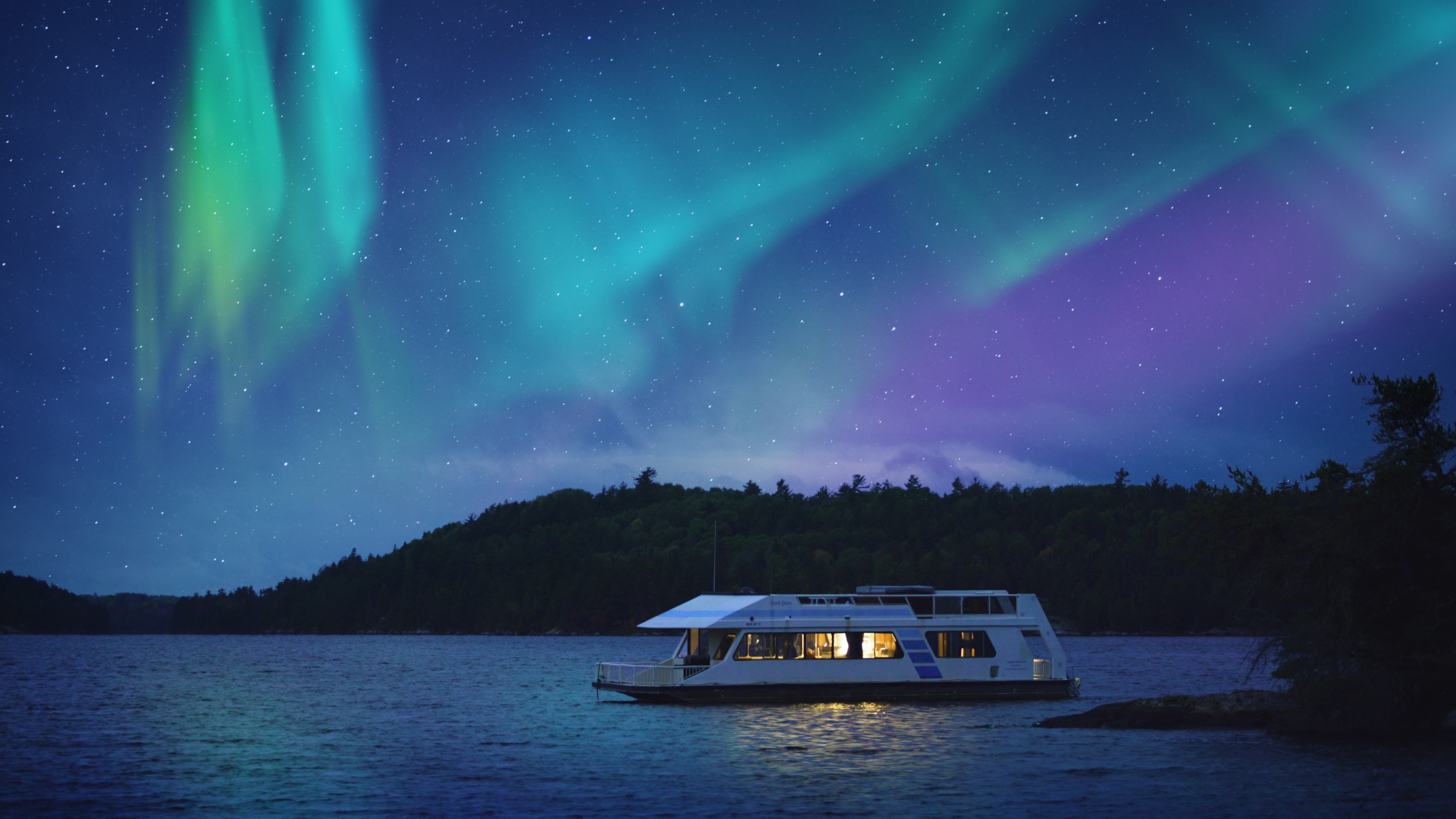
Perhaps you’d like to experience some of the peace and beauty of this magnificent region, but don’t feel up to lugging a canoe and heavy pack over rugged portages to a primitive campsite without running water, electricity, or your car. Perhaps you’d like the option of a rainy day of playing cards with a roof over your head, or heading into town for a first-rate meal you don’t have to pack and cook over a campfire. Perhaps you’d like a hot shower.
The Boundary Waters is a true wilderness preserved within the Superior National Forest’s 3 million acres, and offers its many visitors an experience of a lifetime. But it isn’t the only place to take in the area’s beauty. Much of the forest shares the BWCAW’s distinctive, rugged beauty — craggy, stubborn jack pine trees clinging to granite cliffs and boulders, surrounding more than 1,000 cool, clean lakes and streams filled with walleye, smallmouth bass, northern pike, eating-size perch and more.
Just to the west is Voyageurs National Park, which is wild and remote like the BWCAW but open to houseboats and other motorized watercraft. Other options for a comfortable wilderness-like experience on the edge of the Boundary Waters include full-amenity resorts, state parks, and state forest campgrounds. Here are some of our favorites.
Campgrounds in the
Superior National Forest
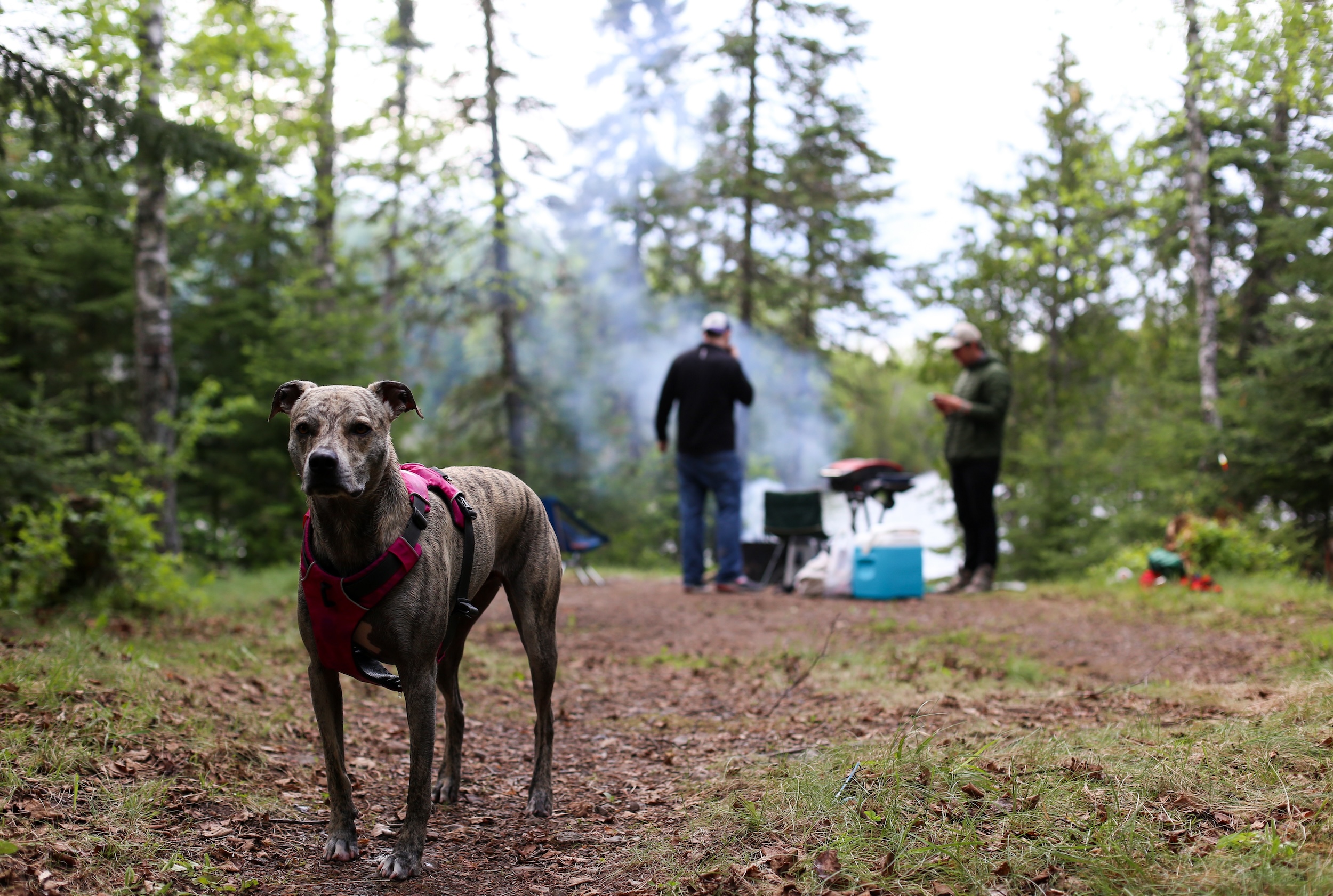
The portion of the national forest outside the Boundary Waters has 23 developed campgrounds with hundreds of drive-in sites. Charging campers a modest fee, all of the sites are on lakes or rivers and have running water within the campground. Most have boat launches, many have swimming beaches, and some have electric hookups for RVs.
The beauty of many of these sites easily rivals spots deep within the Boundary Waters, and while you’ll see more people than you would in the BWCAW, many campgrounds can be quite secluded and peaceful. An advantage of going in the fall, beyond the beautiful foliage and absence of mosquitoes, is the considerably smaller crowds, when kids are back in school and temperatures are cooler. The fishing tends to be better, too.
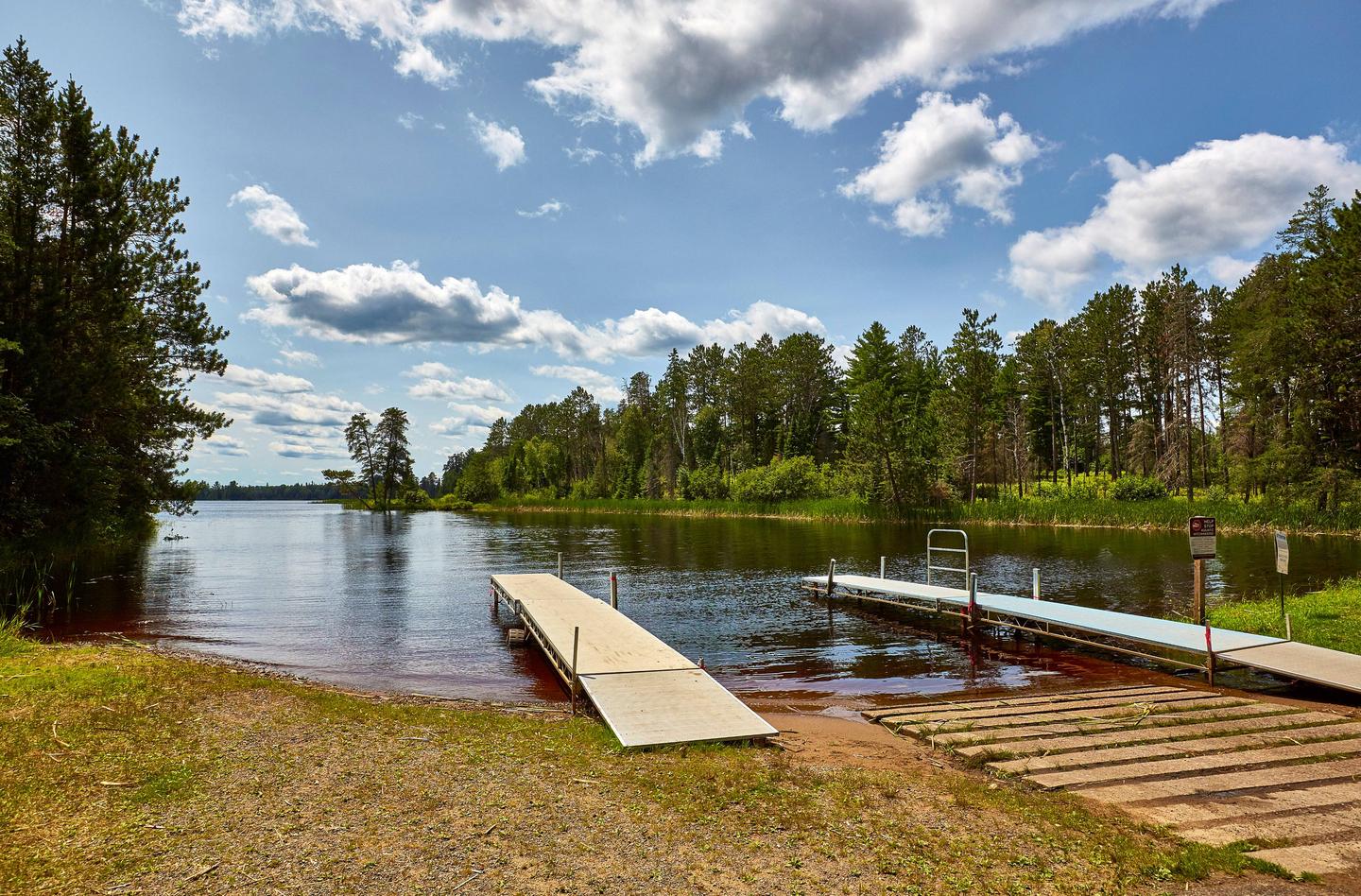
The largest developed campground in Superior National Forest, at Fall Lake east of Ely, has a modern bathhouse with showers. Several others East Bearskin, Cadotte Lake, Whiteface Reservoir, Little Isabella River and McDougal Lake — have a few cabins for rent as well as campsites. Many can be reserved, with some sites in all campgrounds available on a first-come, first-served basis.
Less-developed campsites in Superior National Forest are free and cannot be reserved. There are 17 rustic campgrounds in the forest, with outhouses, tables and fire rings, but no running water or garbage cans. (Remember to cart everything out that you brought in, and leave the site cleaner than you found it.) Most are for tents only, but some will accommodate a small RV or trailer.
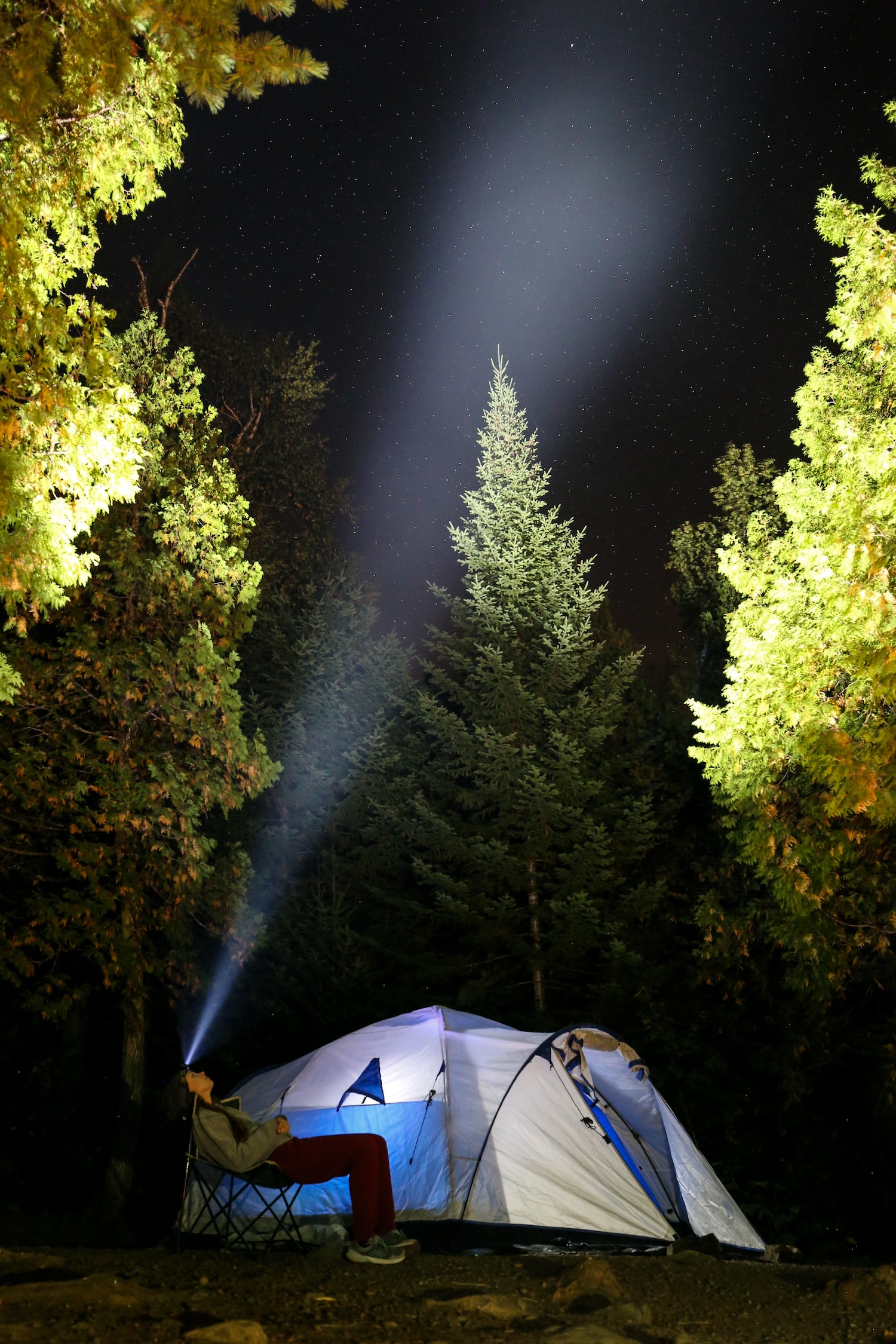
There are also backcountry sites, accessible by boat or on foot, consisting of little more than a fire grate, flat spot for the tent, and an open-air wilderness latrine, much like what you would find in the Boundary Waters. Unlike those in the BWCAW, these sites require no fee or permit.
A final option allowed within the forest is what the National Forest Service calls “dispersed camping”: camping outside of designated sites, with no latrines, fire rings or any other facilities. Make sure you leave no trace of your presence when you break camp, and contact the National Forest offices for advice and regulations.
Resorts Near the
Boundary Waters
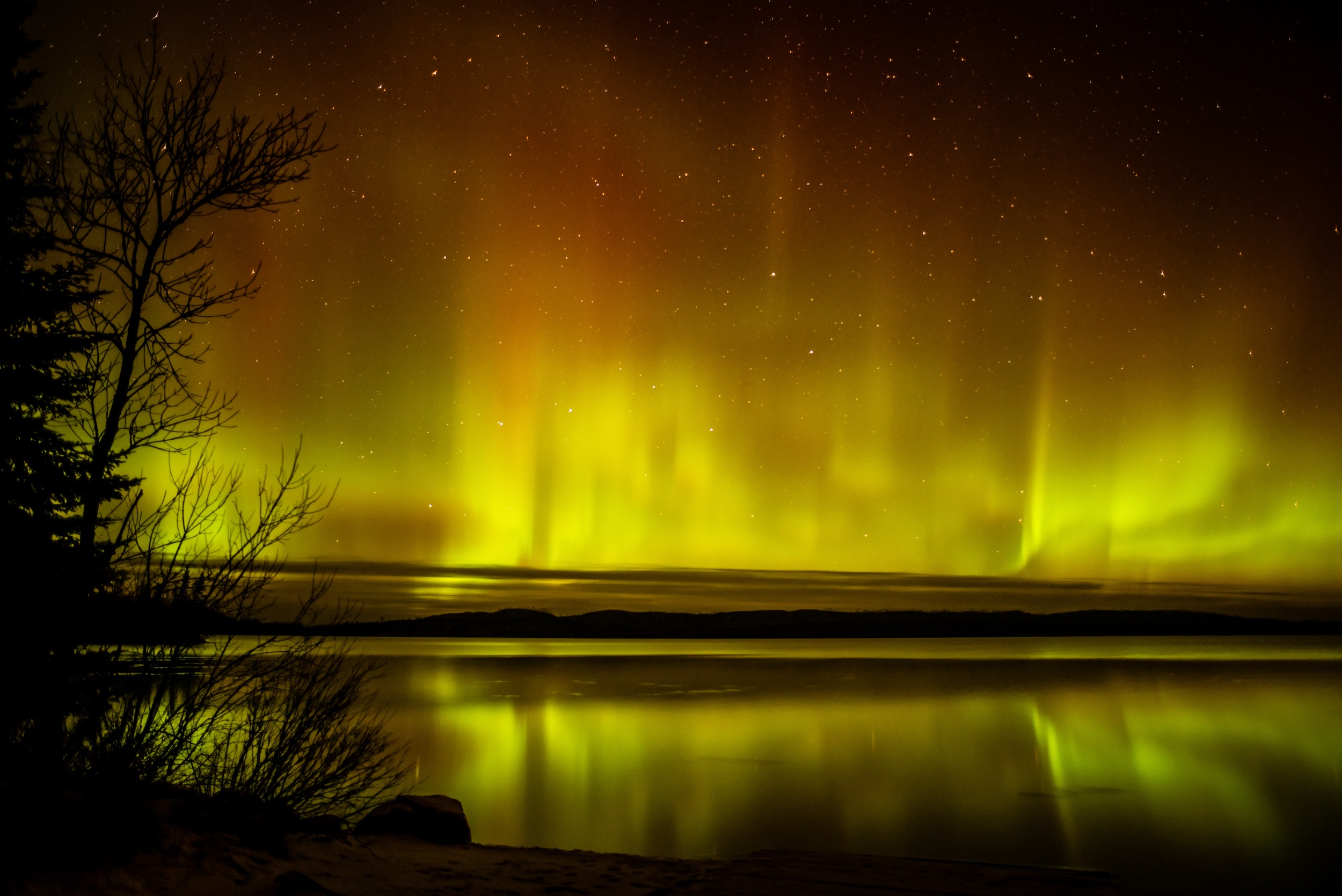
Another option for a less arduous vacation in the “wild north” is staying at one of the many canoe outfitters that also function as resorts on designated BWCAW “put-in” lakes, where wilderness campers begin their trips. There are many of these both on the Gunflint Trail, on the eastern end of the wilderness, and outside of Ely on the western end.
The bulk and the interior of the Boundary Waters is paddle-only, with no motorboats allowed, but a number of the most popular put-in lakes are open to motorboats below a certain horsepower. This is where most of the area resorts are located.
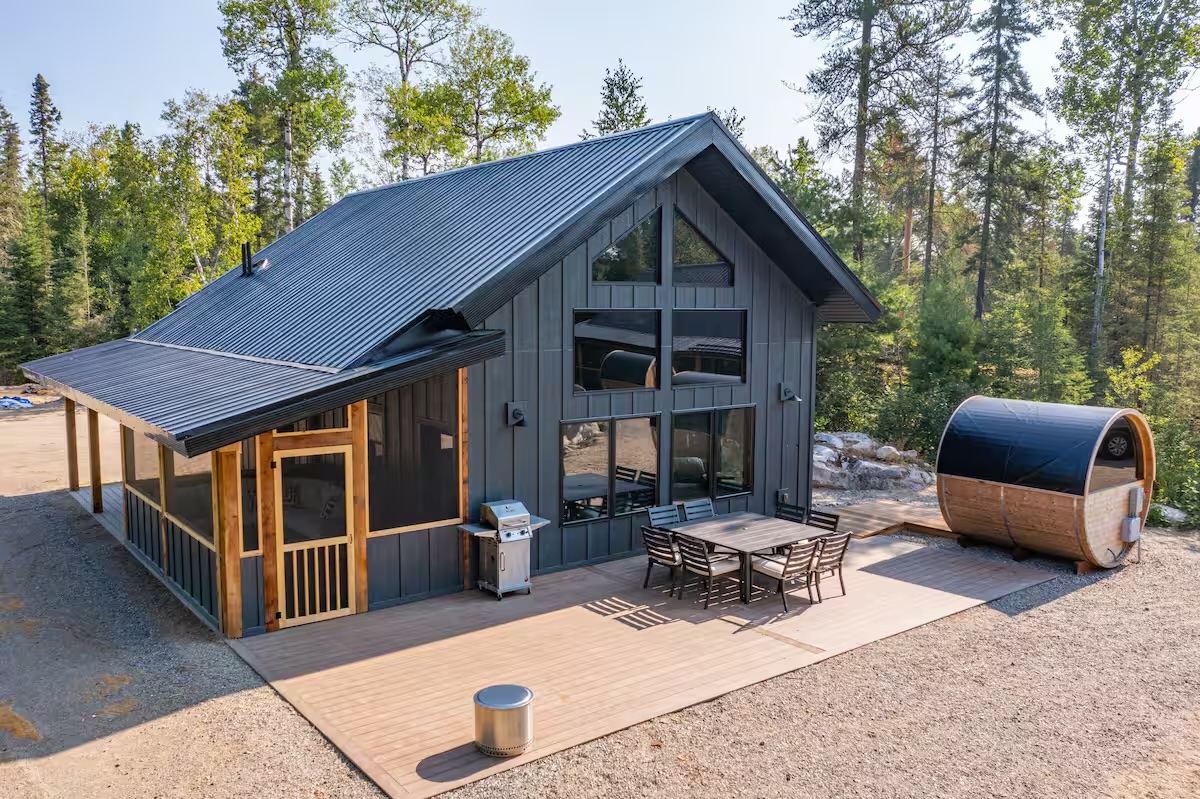
East of Ely, Kawishiwi Lodge & Lake One Outfitters lays claim to being the sole paddle-only resort in Minnesota, including one cabin that can only be reached by paddling across a small bay. A separate lakeside cabin with a screened-in porch, six rooms, and a private sauna can also be booked through a local host on Airbnb.
A resort stay typically comes with a day-use permit, allowing guests to paddle not only on the local lake, but to pack a picnic and paddle and portage to a more remote wilderness lake. Which is far easier when not carrying camping gear. Staying in a cabin or lodge, or camping in a tent or RV, also means having access to resort facilities like a beach areas, saunas, dining facilities and hot showers.
Other Nearby
Campgrounds

The Boundary Waters region is also home to a couple of nearby state parks and forest campgrounds. Lake Vermilion-Soudan Underground Mine State Park has eight camper cabins with heat, electricity and Wi-Fi available year-round, as well as a heated, rustic cabin that's located on its own island and open between the end of May and September. (Much like the Boundary Waters, you need your own "transportation" to get there.)
Bear Head Lake State Park is another quiet and beautiful option, 20 miles southwest of Ely. It's great for canoeing, but also open to motorboats with a 10 miles-per-hour speed limit. The park has 73 drive-in campsites with electric hookups and hot showers nearby, as well as several remote hike-in sites and one accessible only by boat.
Several trails loop through particularly gorgeous country, too, some of it fairly rugged. One of the trails intersects with the 165-mile Taconite Trail between Grand Rapids and Ely. Canoe rentals are available, and two lovely smaller lakes within the park are managed for brook trout.
Plan the perfect Boundary Waters trip.
